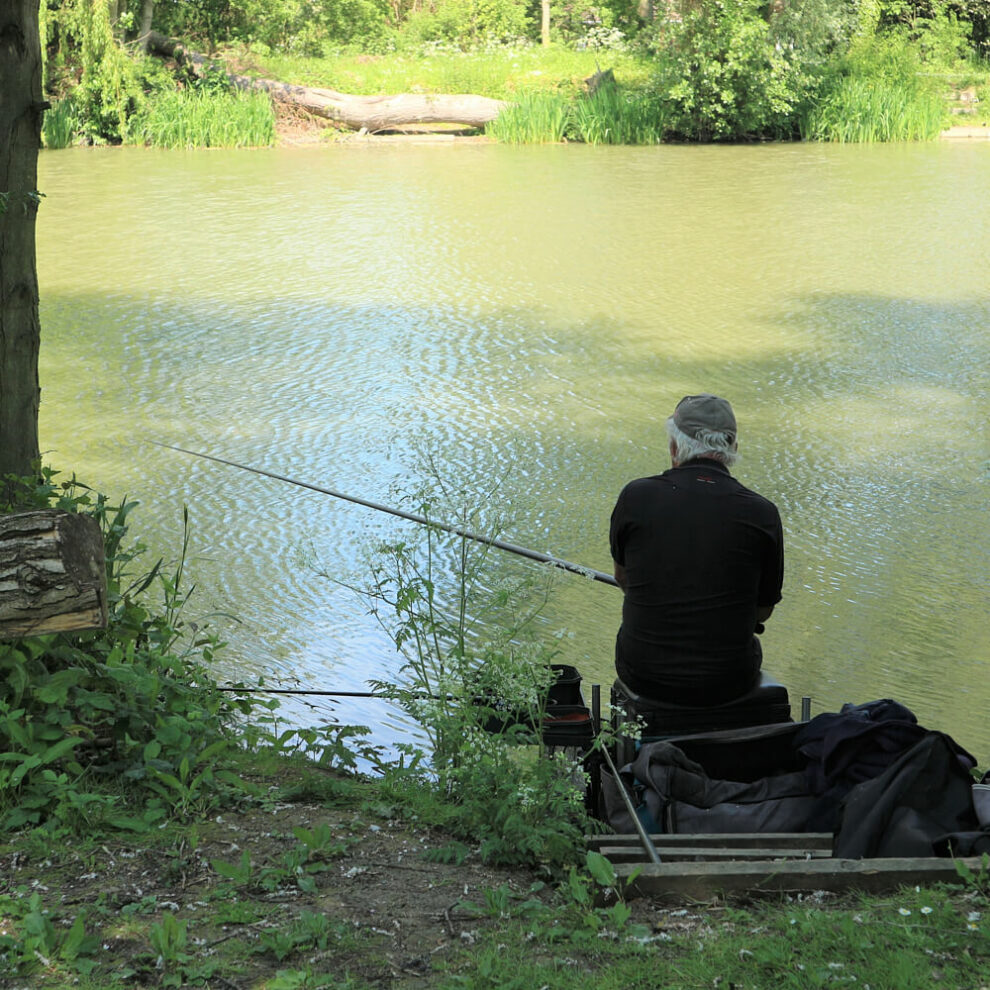Going Shallow
Willows Fishery at Foston, just off the A1 north of Grantham, was one of the first commercial complexes. The original lakes were built back in the 1980s, with several more added in the nineties. When I lived in the area a few years back, the first lake called Poplar was an interesting water. It was extremely shallow, barely two feet deep, but crammed full of skimmers. Pole rigs had to be carefully adapted to suit. Edge N2 Natural Venue Floats in 0.2g or 0.3g sizes would have been ideal. I used similar designs with titanium stems to help to get shallow rigs with minimal shot working quickly, vital when everything is positioned so close to the hook. Groundbait wasn’t allowed, so micro pellets became important to pull and hold the fish, combined with 4mm or 6mm soft hookers. Back-ups were maggots, pinkies or casters.
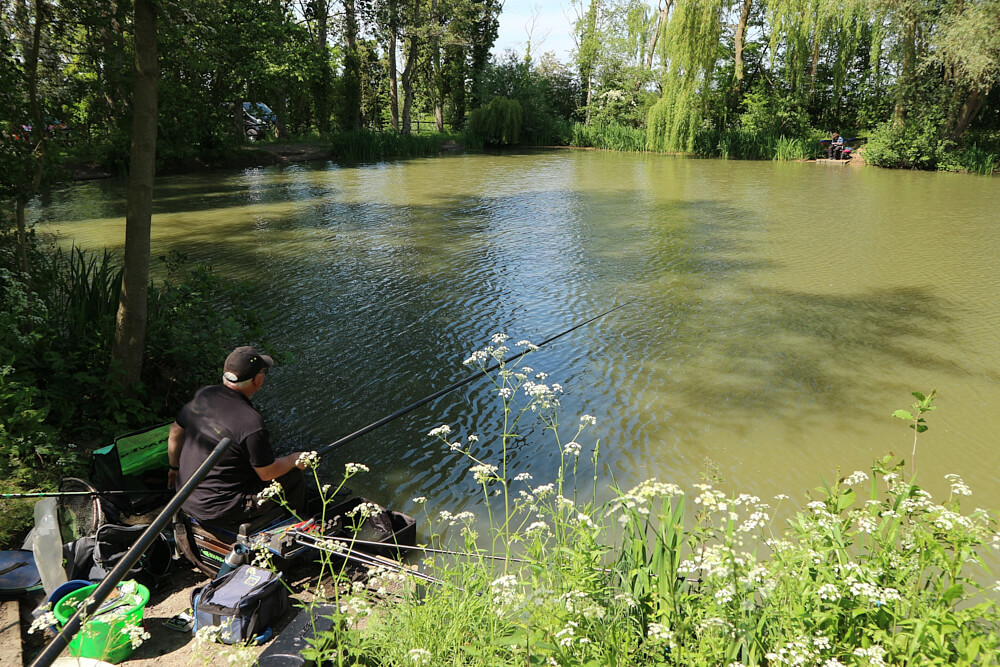
Close Quarters
Shipping shallow rigs with long poles is hard work, especially if you are getting loads of bites and fish are on the small side. The depth was uniform, so I tried dropping short down the margins, which quickly revealed a completely different world. The skimmers suddenly got bigger, more roach appeared, then a bonus crucian and a tench. Carp caused interruptions occasionally, but by using light hybrid elastic most were landed, some into double figures. The bottom was silty and littered with twigs from the overhanging willows and other trees that fringed the lake, so it paid off to plumb around to find a clear spot or even drag some of the debris out. It was a shady and pleasant location, always worth a visit during extremely hot weather. Fish love cover, not switching off so readily as they tend to do in open water when its bright and sunny.
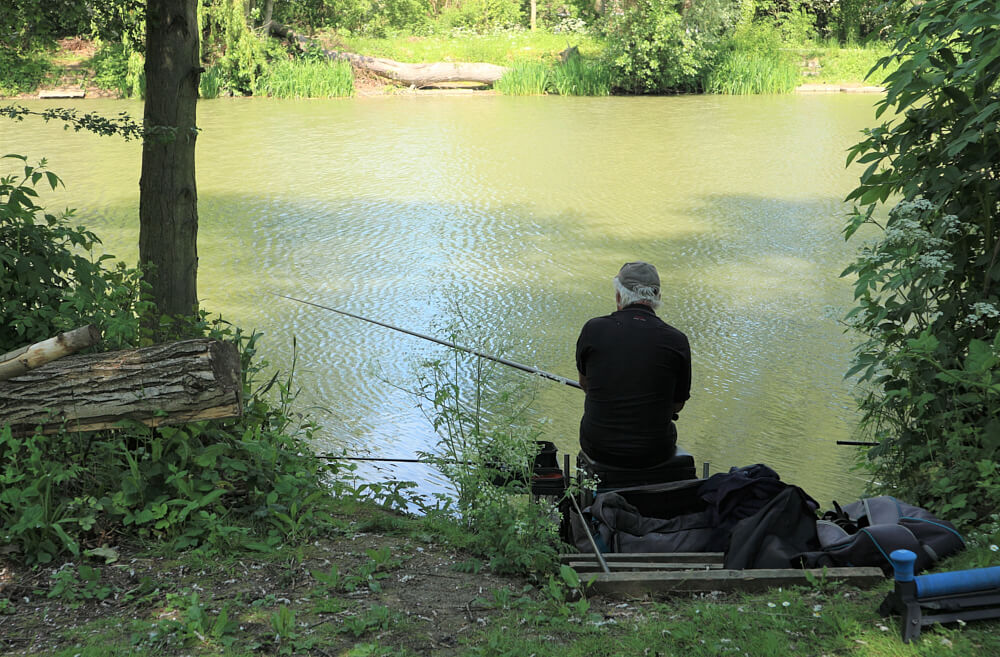
Changing Times
Back when you could use a keepnet on Poplar, I enjoyed many productive outings and my catches steadily improved. Considering the lake was well used, all the various species were in tiptop condition. I used my CP2000 Competition Pole to begin with, but after I discovered better sized fish responded well closer in, I switched to the CP800 Margin model. With the latter I combined match top kits from my longer pole, which fit perfectly. Most pegs had high grassy banks behind, so I could slide lower sections of the super strong CP800 onto a folded roller and then straight back over the ground. Not having visited the venue for a while now and checking the fishery website, it appears this pool is being developed into a specimen carp water. I imagine that means all the silver fish have been relocated, very much like me!
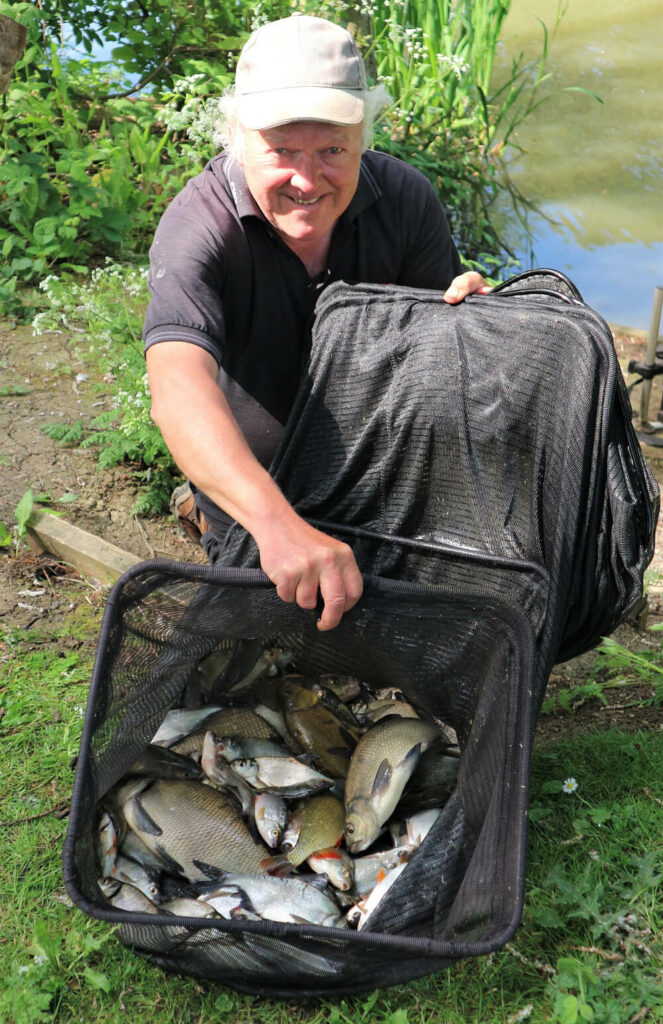
Willow Lake
The next lake on this complex featured islands and plenty of bays. It appeared to be a bagging water, heavily stocked with carp. Witnessing big weights of these gave me the wrong impression to begin with. It was industrial, seeing an endless stream of weighty fish being scooped into landing nets, caught down the margins or tight over to the islands. Apart from strong arm pole tactics, small method feeders were also very effective. This was such an attractive looking pool, too nice to keep passing by, so I gave it a go one day when it was less busy. Taking the micro pellet feeding approach, which had worked so well on Poplar next door, I soon discovered there were some decent skimmers and odd roach to be caught. Switching between maggots, casters and soft pellets, carp would butt in, but decent mixed catches looked to be a possibility.
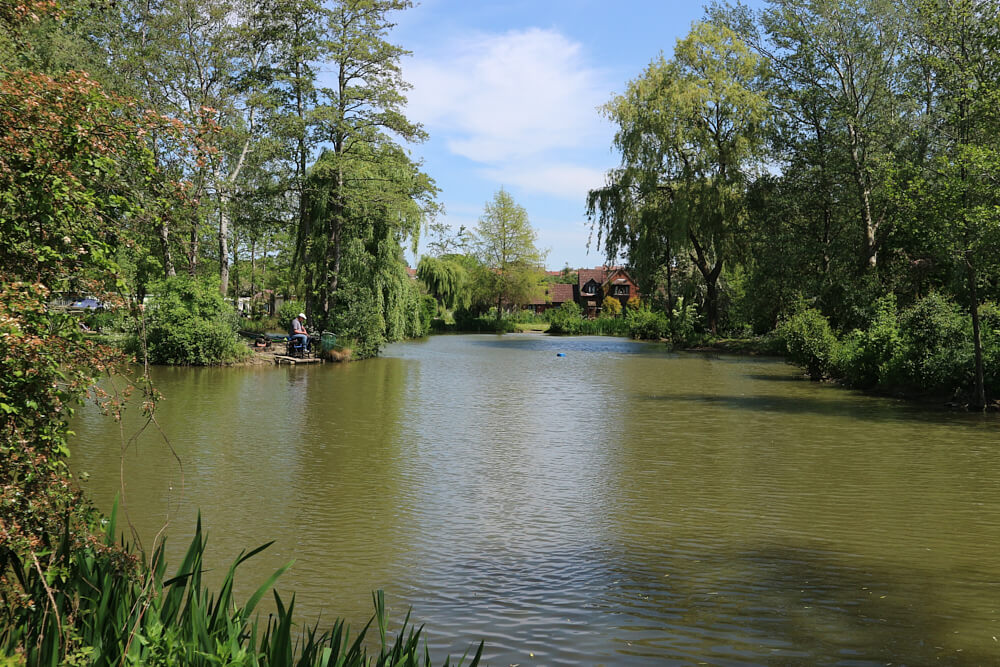
Finding More
I might have missed a trick on Willow, if I hadn’t bumped into some anglers I knew from club matches, who told me there were some big shoals of bream. It turned out they were very localised. I could have kicked myself, after several years of mainly bypassing this part of the fishery, I only discovered another side to it during my last summer in the area. Once I found where the bream lived, I catapulted out a good bed of 3mm pellets, then fed casters over the top. This was another shallow lake, but not as drastically so as the first one. You couldn’t’ fish too close in because that was carp territory, so I opted for my favourite canal style waggler approach. Back in those days I used a soft actioned 12ft prototype Hardy float rod I had been developing. These days I would opt for a similar 12ft Cadence CR10 Match #1 or #2.
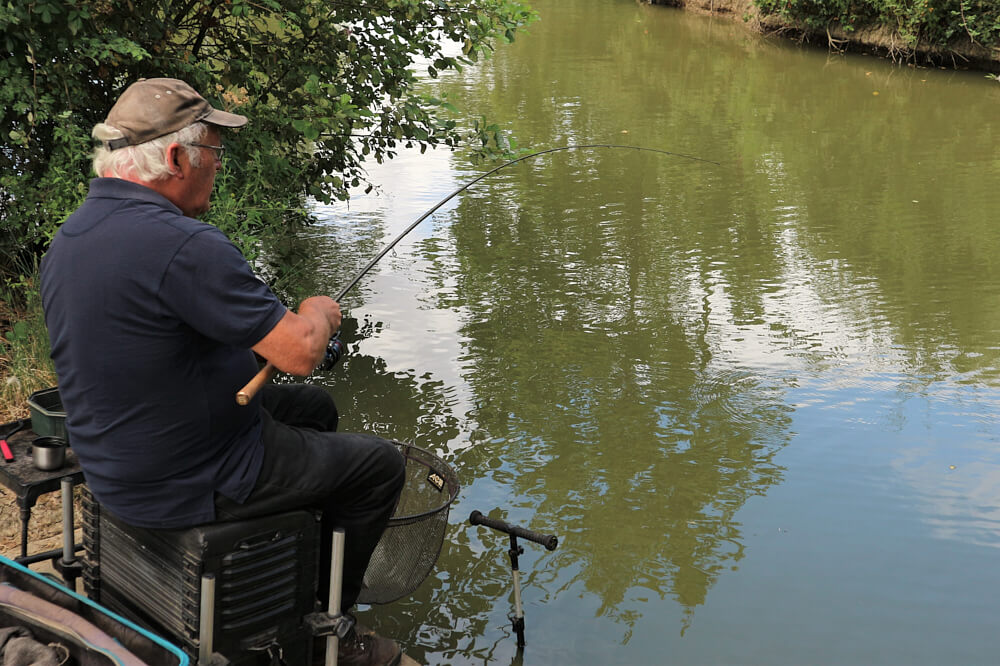
Bream Time
Once bream find a spot they like, it’s hard to shift them. Until I was told where they were, I had been close to the area and only caught stray ones while hauling loads of hungry carp. There were just a couple of swims holding big numbers. You could reach them with a long pole, but being shallow it’s difficult to keep bream down after setting the hook. That’s not the case with a waggler, where you can drop the rod low to the water and steer fish away from the rest of the shoal. Another bonus with running line is it handles carp better in shallow pegs, causing less disturbance, which helps to keep the bites coming. A single dark caster proved best on the hook, helping to avoid too much attention from the dominant species. This bait also unearthed quality roach and hybrids. Just goes to show how easy it can be to misread new places.
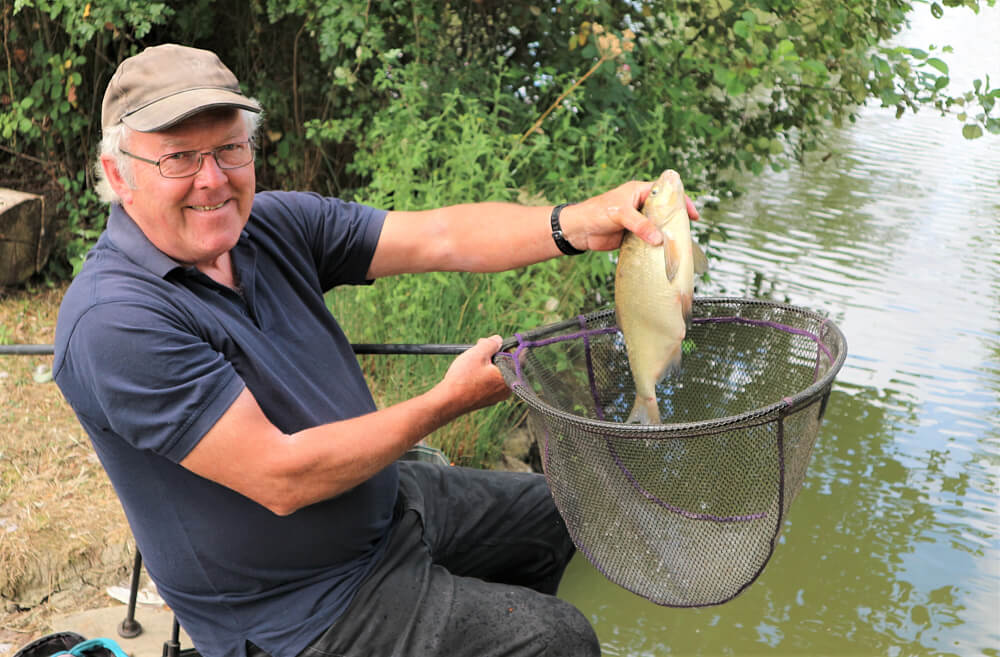
Feature Fishing
My mate Chris took a more conventional route on a fish-packed session we enjoyed on Willow, presenting strong pole tackle tight to the water line against an island. Carp are mugs for this type of presentation and it would undoubtedly be the way to win matches, if there were any on here. The bigger carp were crafty and tried to run your tackle around the back of such features. I enjoyed watching Chris tame some proper lumps. He also caught a few bream, but it was noticeable most of that species were out in front of me in open water. I could see them fizzing for the micro pellets and casters I was feeding, sometimes interrupted by an even more aggressive patch of surface disturbance when carp pushed their way in. Bubblers were less obvious against the island, where I suspect fish were grabbing baits on the move.
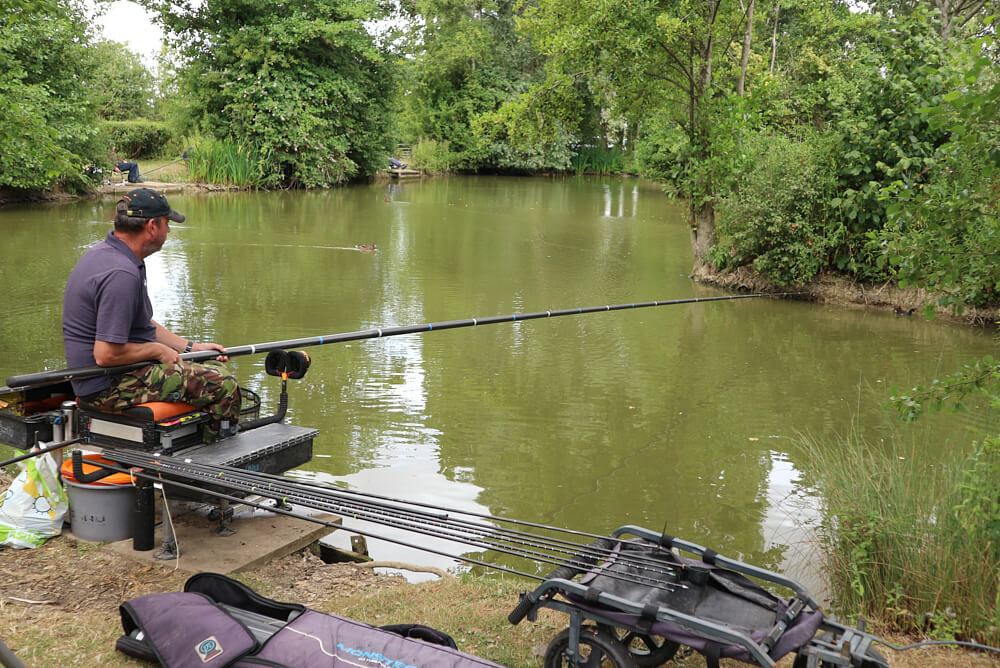
Half the Story
On one of my last trips to Willow, just before I moved away, I enjoyed yet another bream bagging session. This was only half of what I caught, having put back just as many carp, quite a few of which were much bigger in size. I always enjoy hauling slabs, which is not always easy, even on venues where this species is noted for big catches. I find it fascinating how localised these fish can be, whether it’s a lake, river or canal. On some places you could easily miss the bream altogether, unless accidentally stumbling on where they live. As a good example, on another nearby stillwater, there were only a couple of pegs that produced bags like this. They lived just off an overgrown island, a bit like here. It was similar back in my canal days, where you wouldn’t think this species existed away from the flier swims, which were not always that obvious.
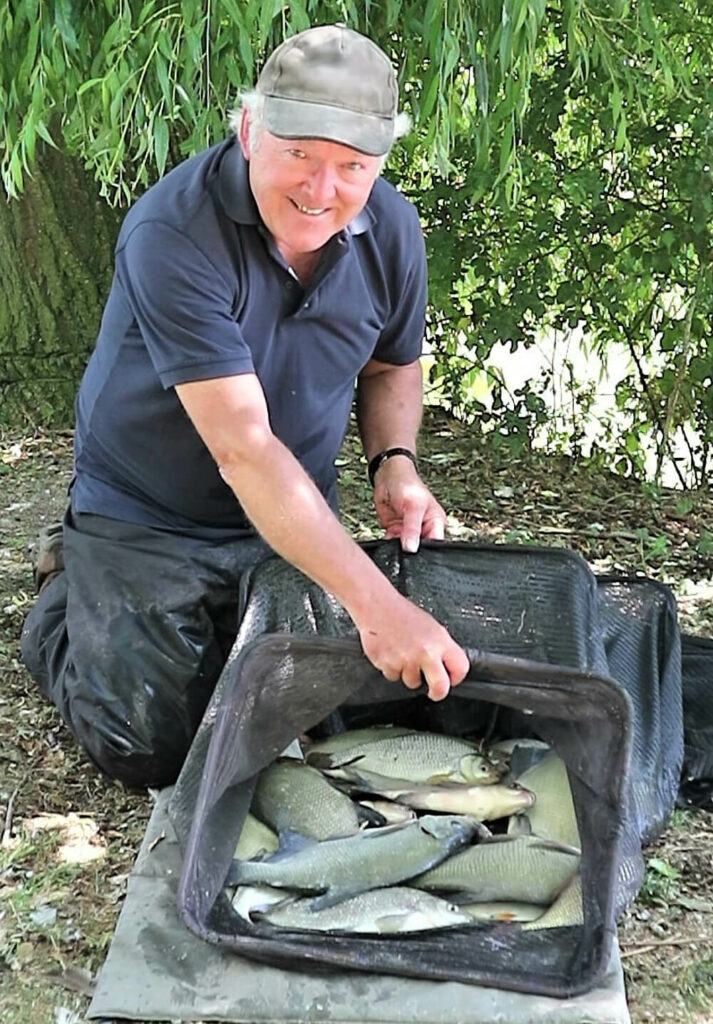
Sycamore Lake
The third day ticket lake at Willows is Sycamore, which holds carp, bream, tench and roach. However, it’s most renowned for a good stock of crucian carp, which can prove very elusive, unless tackle is scaled down to suit their finicky feeding habits. It turned into a fine balancing act, trying to use light enough rigs to tempt bites from the crucians, while still being able to cope with marauding carp. It was here where I first realised how good solid hybrid elastic could be, enabling light pole tackle to cope better with big fish. On this occasion I was only using 0.10mm line to a fine wire 18 hook but amazingly managed to stay attached to something much bigger than I was targeting. Having a lot of pole in play when netting big fish is not a good idea. This was back in the days before I started using puller bung set ups with thin hybrid elastic.
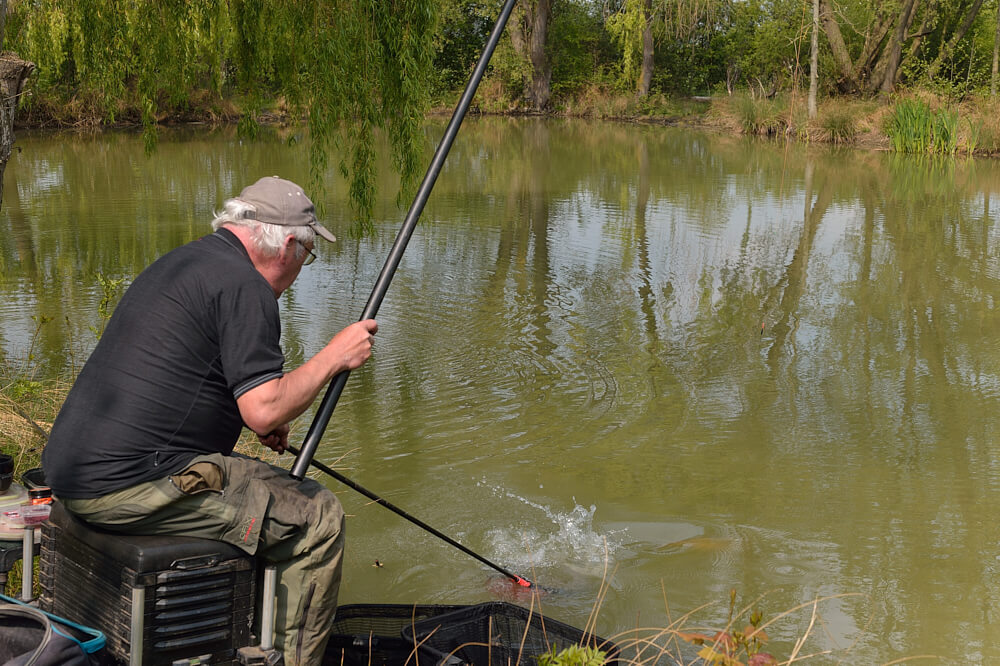
Hanging On
Before Edge Tackle came on the scene, I experimented with various brands of early hybrid elastics, using them in the top two sections of match kits from my Cadence CP2000 pole. On venues like this, fine diameter hybrid shock absorbers would stretch over to the far bank when big carp grabbed small baits on light tackle. Whereas before, normal solid gear would bottom out and light hook lengths would often snap. My crucian rigs accounted for some hefty lumps like this one. This led me to eventually develop mini puller bung systems for some of my match top kits, to avoid having too many pole sections pointing skywards when landing big fish. It’s dangerous trying to tame lively carp with too much pole in play, especially with lots of overhead tree cover. The top of my pole was clashing with branches when I netted this impressive fish.
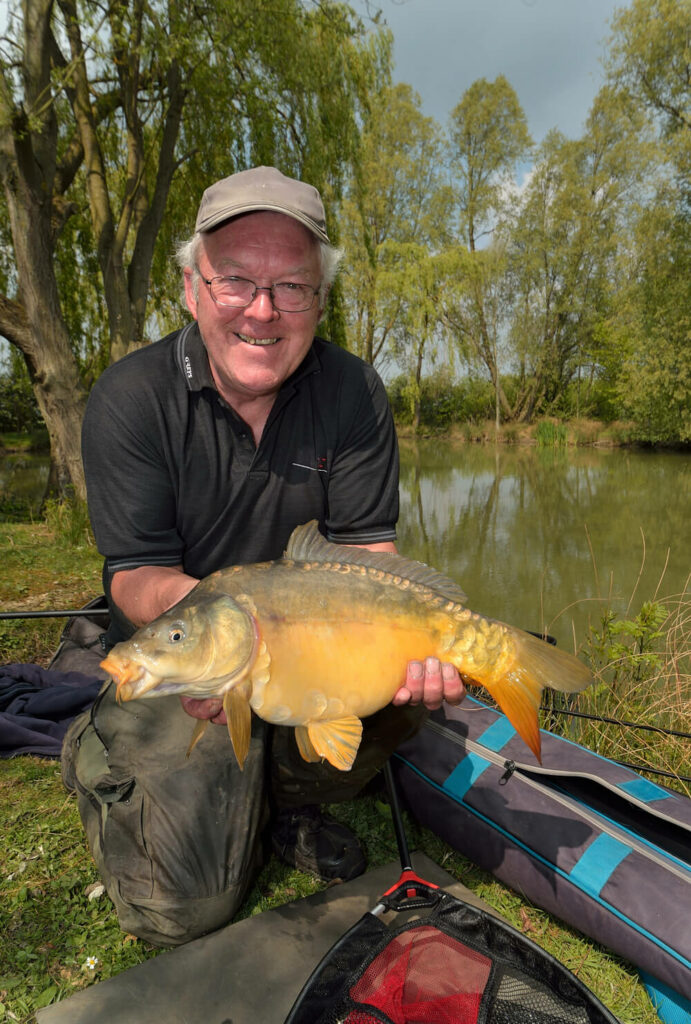
Finding Gold
The equivalent of the pole elastic I was using back then would be similar to Edge Hybrid Solid 3-4 Orange with 0.10mm rigs, or 4-6 Green for 0.12mm hook lengths. The trick was using pole tackle that was scaled down to fool crafty crucians, while staying strong enough not to get trashed by carp. I would cup in 1mm or 2mm micro pellets and then ping casters or maggots over the top with a catapult. Red maggots turned out best to tempt the crucians, which would cause even the most sensitive of pole float tips to dither around before eventually going under. Soft and dark 4mm pellets made a good back up, to get through carp when regular feeding of maggots or casters pulled them in. Then there was the problem of wading through numerous roach and skimmers that bottom baits attracted, not that I minded catching them.
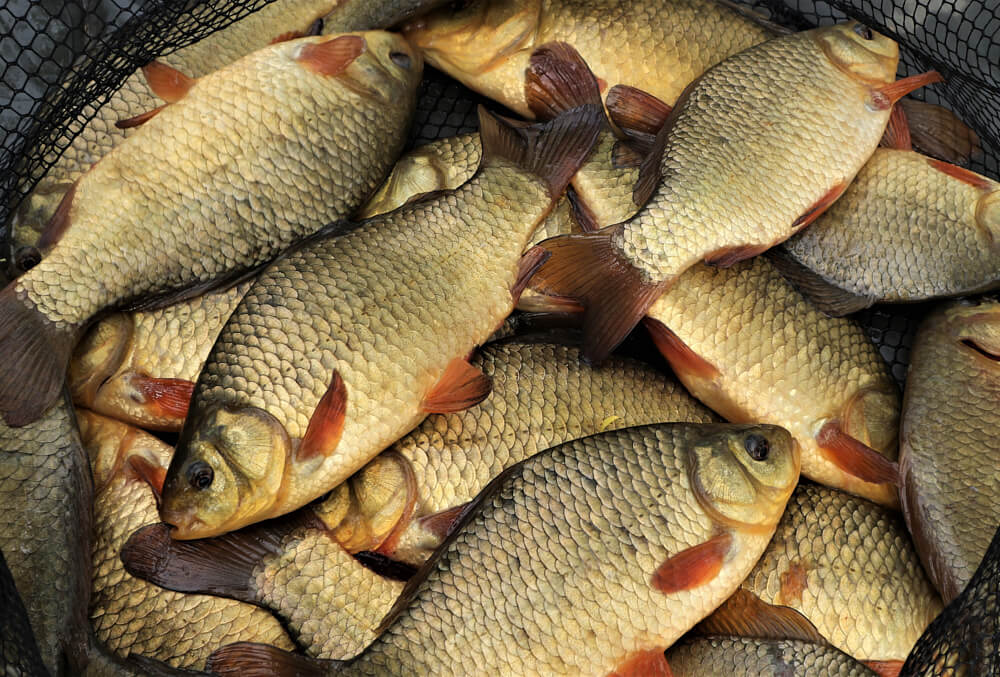
Match Lakes
The match lakes at Willows were Ash, Chestnut and Hawthorn, not open to day ticket fishing, making them an intriguing prospect for competitions. They were mainly used by local clubs, so I joined one and I enjoyed some decent catches. Island features made most pegs very canal-like. Carp dominated, but I soon discovered there were good shoals of bream in Hawthorn and Ash. As is normal for me, once they turned up, I would become obsessed trying to beat the carpers with them. I might have framed a few times but blew any chances of winning by striving to avoid the ravenous carp. I just loved the challenge of dropping short to find the silvers, whether using pole of light waggler tackle. While the majority plundered the island mud holes with long pole big fish rigs, I was content catching what they were mainly fishing over.
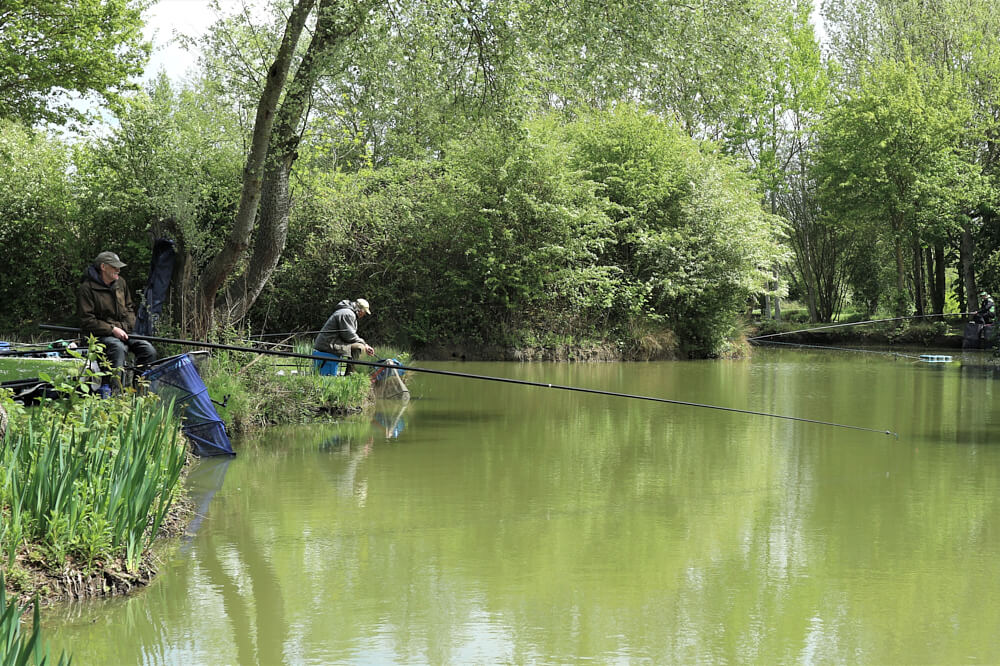
Venue Details
Poplar is now £10 one rod, £15 for two with no concessions.
Willow and Sycamore are £7 for a full day ticket, £6 Concessionary and £4 Juniors.
The match lakes need to be pre-booked, costing £7 a peg for weekends and £6 midweek.
Keepnets are not allowed when pleasure fishing anymore and landing nets are provided.
For more details check out willowlakesfishery.com

